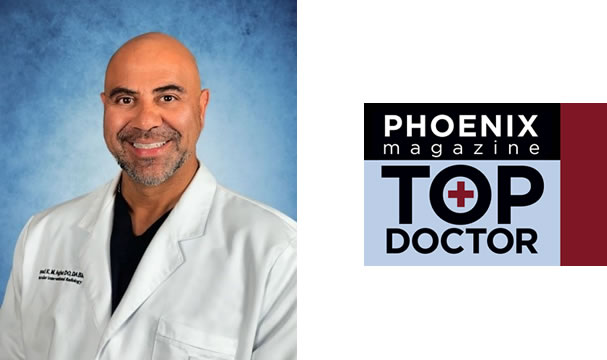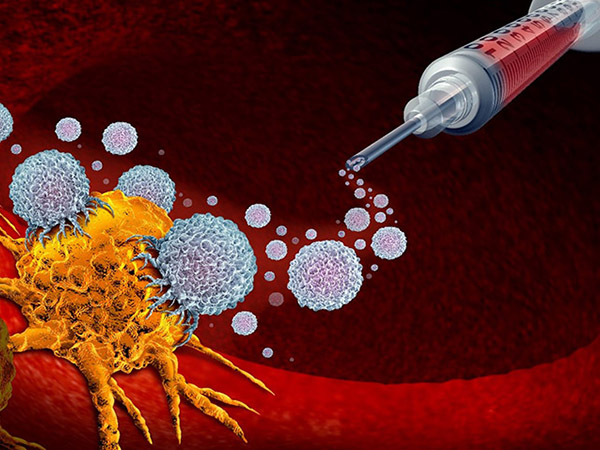It is essential to keep an update about any progress you witness as the outcome of your Chemotherapy. It will help you to keep track of the most effective session you’ve had so far and, it will also play a part in monitoring the journey.
But what if there are no updates or no progress? Is your doctor’s statement, “It will take time,” actually true, or has Chemo stopped working for you?
How does Chemotherapy work
Chemotherapy is a common and well-known treatment for cancer patients. Your doctor is most likely to create a personalized chemotherapy plan with a mixture of different medications according to the type of cancer you have been diagnosed with.
Typically, the chemo medications work by killing the cancer cells in your body. Cancer cells tend to replicate rapidly. The medications stop them from multiplying as well. The drawback of Chemo is that it can differentiate between cancer cells and the healthy cells of your body. As a result, it may harm the healthy cells, as well. The after results of Chemo killing your healthy cells are also called ‘the side-effects’ of Chemo. Common side effects include nausea, a weak immune system, hair loss, etc. Although, it is essential to note that side effects and medications’ results vary from body to body.
Bonus Read: What Causes Cancer?
Affected Cells by Chemotherapy
Since we have established the fact that chemotherapy medications cannot tell the difference between cancer cells and healthy cells, ultimately, which means that the treatment affects many types of healthy cells, especially rapidly dividing ones. This also includes cells that help the body to function normally, such as blood cells.
Here is a small list of cells that are affected by your Chemotherapy sessions:
- Hair Cells.
- Red Blood and White Blood Cells, including Platelets.
- Cells that play a part in making mucus membranes of the throat, mouth, and digestive system
The damage that Chemotherapy causes to these cells can lead to specific side effects. Here are the significant five side effects according to Cancer.org almost every chemo patient may or may not witness:
- Anemia.
- Hair Loss.
- Blood Clotting.
- Immune System Effects.
- Nausea, vomiting, and mucositis, and a few other side effects.
Treatment Responses
As we mentioned, the side effects of the Chemo vary from body to body. Similarly, the treatment response results will be different as well. Here are a few statements your doctor might use to evaluate your Chemo treatment response:
- A partial response
- A complete response or complete Progression
- Remission
- Stable
A partial response is when your tumor shrinks by at least 50% but still is there.
A remission means your cancer cannot be measured on any test. This may mean that your cancer is cured, but that is not always the case. You can still have cancer cells, but they may be too small or more petite in number to be detected by a test.
Stable pretty much means exactly that. It indicates that your cancer hasn’t gone any worse or better. It is in stable condition.
And last, Remission; it means that your cancer has grown or spread. And that points to an immediate switch of treatments and medications to control it.
How to check if your Chemo is working
Once your doctor constructs a personalized plan to treat your cancer, your Chemo will start and will take place in one or two sessions per week (depending on the urgency.) There are a few tests that indicate if the treatment is working or not. Most of the tests are the same ones that help to diagnose your cancer. Here are a few:
- Blood tests: Usually, prior to the chemo starts, your blood test will be done as the first essential step. The test will check for levels of different substances in your blood – like proteins or enzymes – that cancer cells or your organs release as a result or indication of the tumor growing.
- X-Ray: X-rays are commonly used before every surgery begins. X-ray test uses low doses of radiation to construct an image of structures in your body. In this case, an X-ray will be able to show where the cancer cells are in your body. It will also help in keeping track of whether the cancer is spreading or not.
- MRI, or Magnetic Resonance Imaging: An MRI process is easy and effective. An MRI will use powerful magnets and different strong radio waves to construct images of your organs and other structures. It helps in displaying where the cancer is.
- PET (Positron Emission Tomography): In this test, you get radioactive substances to enter your body. The cancer cells in your body absorb that substance almost quickly. This radioactive substance in your body will make the cancer show up on the image. As a result, if your treatment is working, there will be fewer highlighted areas in the overall picture. If the Chemo isn’t effective for the type of cancer you are diagnosed with, there will be more highlighted parts in the image.
- Mammogram: A mammogram is another type of X-ray, but the difference is that this test uses low-energy X-rays to search for cancer in the breasts.
Hey, Remember:
After treatments like Chemotherapy, immunotherapy, radiation, and targeted therapy, your doctor will examine your body for any new growths. They will help you get done with Blood tests, X-rays, and other tests that we have mentioned above. It will help to measure your tumor and see if the treatment you are getting has slowed or stopped your cancer in any way, shape, or form.
It is important to remember that not all cancer treatments work at the same pace. Surgery will help in removing all (or most part) of the cancer at one take, but that does not mean you’re cured. It can take weeks or months before you get the radiation regarding all the cancer cells dying. Every human body is built differently, and initially, the response to treatments and medications might be slow. Your doctor will give his one hundred percent to get rid of as many cancer cells in your body as possible.
IYA Medical provides chemotherapy and treatments for cancer patients in the U.S. If you would like to learn more about the treatments they offer, feel free to call them at 480.750.8130.
About the Practice
Blending interventional and diagnostic radiology and primary care services with aesthetic medicine and spa treatments, IYA Medical in Scottsdale, Arizona, helps its patients achieve beauty, health, and happiness. Using scientifically proven products and treatments, the highly experienced and educated team of doctors helps you feel better from the inside out.
At IYA Medical, patients receive access to a combination of medical services and advanced treatments in a comfortable, state-of-the-art facility.
Committed to reducing the length of hospital stays, IYA Medical’s interventional radiology services, with advanced imaging, allow the team to precisely treat complex conditions, including cancer and cardiovascular disease with minimally invasive options.
The doctors offer back pain management, diagnosis, and treatment for joint pain, pelvic pain, and leg pain, including varicose vein removal, and offer the option of ports and catheters for long-term dialysis or chemotherapy treatment using minimally invasive solutions and image-guided surgery techniques.
For patient convenience, concierge medicine services give round-the-clock access to doctors and more exclusive benefits. Learn more about the medical services available at IYA Medical by calling the practice or to schedule an appointment 480-750-8130.
About Dr. Agha
Dr. Ayad Agha, DO brings an unmatched background including a fellowship in Vascular and Interventional Radiology and Interventional Oncology from the University of California-San Diego, a Doctorate of Pharmacy from The Ohio State University, a Masters in Nuclear Pharmacy from the University of Southern California, and a Medical Degree from Midwestern University College of Osteopathic Medicine.

Dr. Agha is certified by the American Board of Radiology, an associate professor of diagnostic and interventional radiology at the University of Arizona Medical School, a clinical professor of the health and science department at Barrett, The Honors College at Arizona State University and a medical consultant with product design in the field of interventional radiology.
A popular and renowned Interventional Radiologist, Dr. Agha is an expert in cutting-edge medical practice and well versed in utilizing stem cells, genomic testing, and vascular aesthetics.
His presence brings to IYA a host of services that can result in an enhanced quality of life – turning back the clock, whenever possible, on function, energy, and mobility. Among the initial services provided are cosmetic vein treatments, full-body scans as part of detailed wellness care, rejuvenating serums, and pain treatments.
Fellowship-trained and board-certified in vascular and interventional radiology at the University of California San Diego, he offers a unique approach to problem-solving. Dr. Agha has held leadership positions and trains physicians in private and academic settings. A frequent Phoenix Magazine Top Doc, he is at the forefront of the future of medicine and now brings this passion for educating clients and providers to IYA.
A long-time resident of Arizona, he is known as a true force of nature and is anxious to bring a new level of medical cosmetic and other related services to Scottsdale and surrounding communities.
Dr. Ayad Agha holds US patents in Surgical Methods Apparatus Designs, Biopsy Devices, Rotary Indexers, and Methods of Use.

